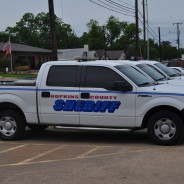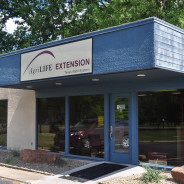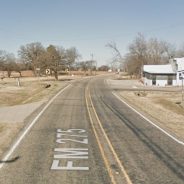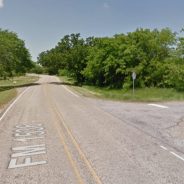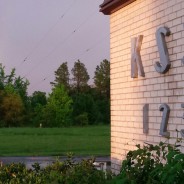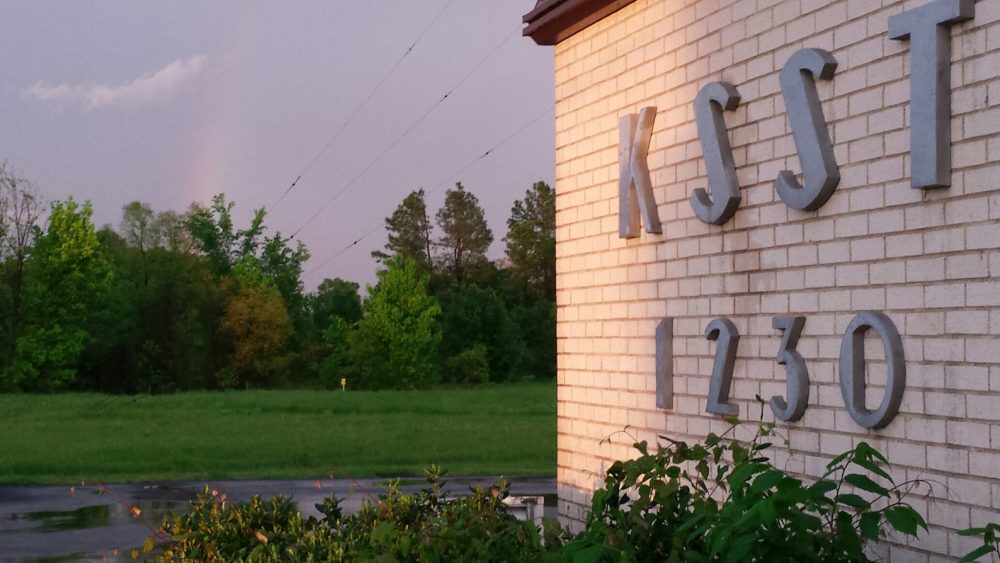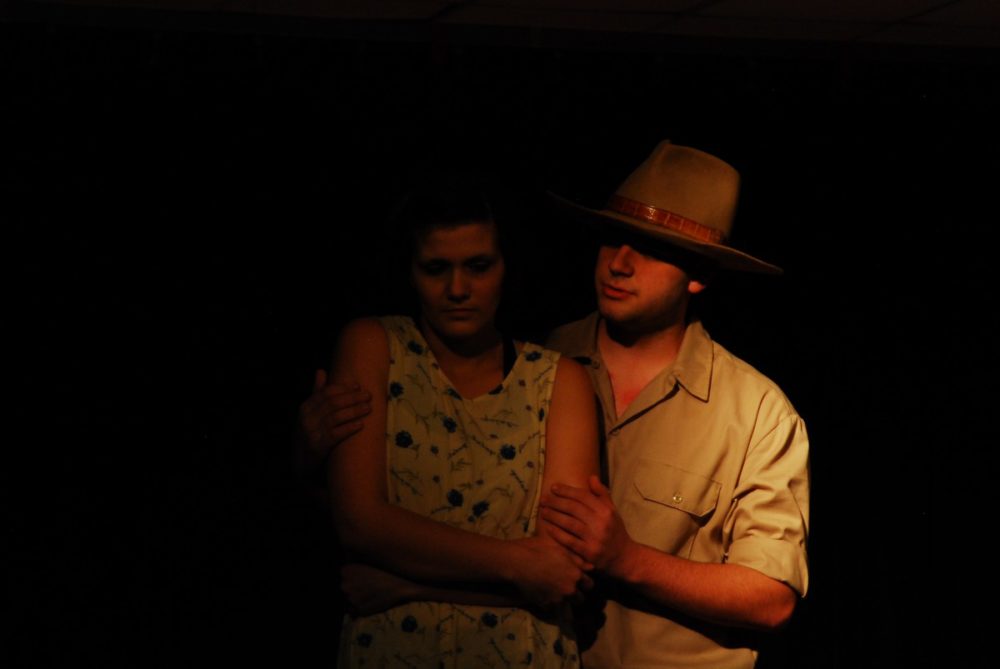Laborer Arrested for Fake ID, Methamphetamine
Hopkins County Sheriff’s Investigators received information of methamphetamine located at a local motel in Sulphur Springs. A search warrant was obtained and a search of room 204 at the location led to methamphetamine, a glass pipe, and fake social security cards along with fake permanent resident cards located with the social security number and other identifying information for Juan Carlos Gomez-Rodriguez, 26.
Gomez-Rodriguez was working for a local contractor at Prim Stadium where investigators found him and made the arrest. At the location, he admitted to the meth and fake ids.
He is in Hopkins County Jail charged with Fraud Use/Possession of Identifying Information more than five items but less than 10. He is held on a $50,000 bond for that charge. He is also charged with Possession of a Controlled Substance Penalty Group 1, less than 1-gram.
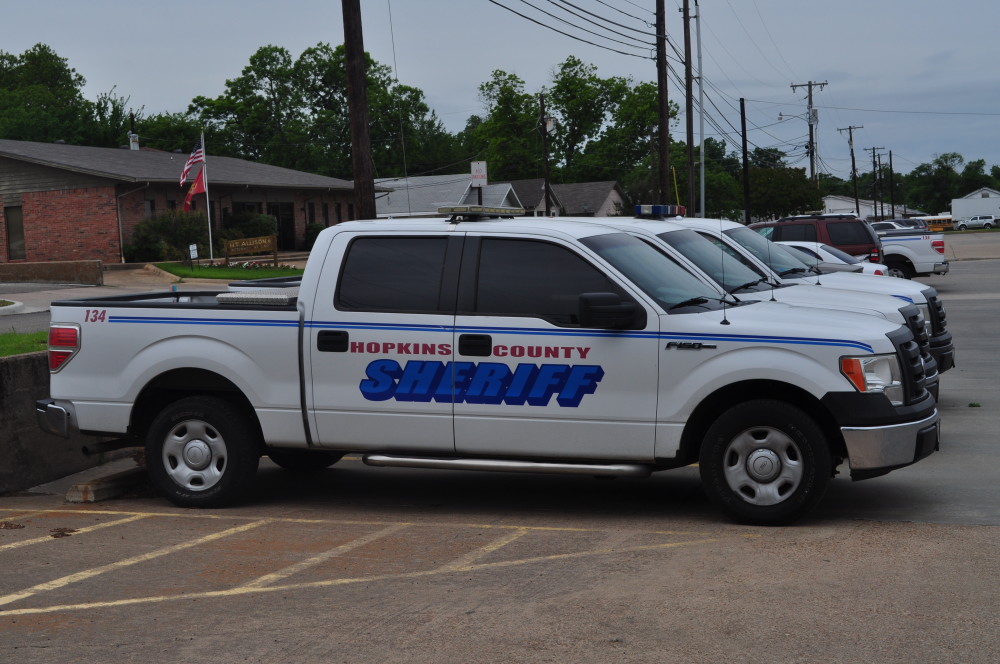
Bake Sale Benefit for Shanda Beck Vaughn on March 25, 2017
A Bake Sale Benefit will begin at 10am on Saturday March 25, 2017 along the sidewalk in front of Caps and Flasks and across from Muddy Jakes, corner of Main and Davis Streets in downtown Sulphur Springs., Texas. There will be chocolate pies, buttermilk pies, Pina Colada cake, Coca Cola cake, candies, cupcakes, brownies and many other specialty treats prepared to benefit the local resident. Shanda Beck Vaughn has been diagnosed with Stage 4 cancer and is undergoing chemo treatments. Funds will be used for treatments and medical expenses. The community is invited to purchase the baked items prepared by local good cooks and friends of Shanda, a life-long resident of Sulphur Springs and daughter of the late Ray Vaughn of Ray’s Lockerplant BBQ. The sale will be held rain or shine.

The Mighty Pecan By Mario Villarino
The pecan tree (Carya Spp) is a common often beloved commercial and landscape tree in Hopkins County. Native to Texas and Northern Mexico, the pecan trees have provides shade and nurture to our region for centuries. George Ray McEachern, extension horticulturist from Texas A&M AgriLife Extension stated: “ The pecan is the official state tree, it can be grown in every area of the state and it is a part of Texas tradition. All too frequently, the pecan is planted in anticipation of a large beautiful tree with heavy bearing. Unfortunately, there are times when this dream does not becomes a reality. A pecan tree can live with little or no care in much of Texas; however, if it is expected to look good as a landscape tree or if it is expected to produce high quality pecans every year, the pecan is a very high management crop. When pecan problems occur the cause is frequently not easy to identify. However, once the problem or group of problems is identified, the grower can go about correcting the problem. If the problem cannot be solved, the grower at least knows what to expect and has the option of abandoning or destroying the trees. Along the 10,000 miles of rivers and streams in Texas there are many very large pecan trees which are living testimony of their tremendous survival potential. These trees have made it through extreme droughts such as the early 1950s where little or no rain occurred for four straight years, yet the pecan survived when other species of large trees died. The pecan is uniquely adapted to the hot, dry, windy Texas climate because it can tolerate stress. If pecans are stressed in the fall, they will not set a large crop the following year, and the tree will survive on food stored in the trees’ massive limb, trunk and root system. On weak trees, the crop is shed by various ways throughout the season. This could be physiological drop, pollination drop, casebearer drop or waterstage drop. The shedding of pecans is an important natural stress management tool which contributes to the long survival of pecan trees. It is very difficult for pecan trees to absorb zinc from the soil; consequently, native trees do not make vigorous growth once they are mature and begin bearing. This natural vigor control via zinc unavailability plays an important role in long term native tree survival. Also, many alluvial river bottom soils have good depth, good internal drainage and a very high water holding capacity which are additional reasons native trees are good survivors.
What Kills Pecan Trees
Many things can kill a mature bearing pecan tree. Usually it is a combination of factors. Planting improved grafted varieties on poor soil is the most common reason pecan trees die in Texas. When no irrigation, no zinc, no nitrogen, no weed control, no insect management, no disease prevention are combined with a heavy crop on pecan trees growing on poor soil, death could be expected. A large number of mature pecan trees died in Texas in 1988, 1989 and 1990. This could occur again in 1996 because of the extremely heavy crop in 1995 combined with the very dry conditions of the 1995 growing season. If a major freeze occurs in the winter, especially early winter, tree death could occur.
Poor Soil Depth and Texture
Native pecan trees grow beautifully along rivers and streams in Texas because of water availability, good soil depth and good internal soil drainage. This is the ideal site for pecans — native, commercial orchards or landscape trees. In many areas of Texas there are deep, well drained sandy or high-calcium clay soils which can also support beautiful and productive trees. However, many soils are too shallow and simply do not provide enough space or volume for the massive root system needed. For example, mature pecan trees require over 2,000 gallons of water per week, and this volume needs to be held by only 25 percent of the soil space. When soils are very shallow or very tight clay, very special management will be needed. Irrigation will need to be weekly and zinc and nitrogen needs to be applied in very small but frequent applications. Commercial orchards should never be planted on shallow or poorly drained clay soils; however, beautiful landscape trees can be maintained, especially if they are natives or seedlings which are not grafted.
Poor Soil Drainage
The growth and development of healthy pecan trees depends on healthy roots. Good root growth occurs when the soil is 50 percent particles, 25 percent air and 25 percent water. When the pecan soil is dry the tree will survive by shedding the crop and making very little growth; however, when the soil is too wet, the tree roots will die and this can result in tree death. Good soil drainage is essential for good soil aeration and sub-sequential root growth with normal water and mineral absorption. When poor soil drainage occurs there is limited oxygen in the active root zone. This has very serious plant physiological consequences; low root zone oxygen results in death to small roots, reduced active transport of minerals and water into the roots, reduced hormone production by the root tips, and increased salt toxicity. Saturated soil also is an ideal environment for the development of many soil root rot diseases.
Over Cropping
A very large crop of pecans on mismanaged trees is a major problem. Poor soil, tree crowding, weed control, irrigation, zinc foliar sprays, nitrogen fertilization, insect control and disease prevention become very important during high crop years such as 1993 and 1995. Some growers are lightly shaking their tree trunks on overcropped trees during the waterstage to reduce the crop size and prevent stress. The most common symptom of overcropping is poorly filled kernels. However, when in combination with other limitations, limb death in the top of the tree or total tree death can occur.
Freeze
The pecan does not have an obligatory rest period such as apple or peach does, and it does not become dormant in the fall unless the weather is very cool. If growing conditions are ideal in the fall, pecan sap remains active. If a freeze occurs, it can kill the live wood, bark and cambium tissue. Bearing trees which are stressed are freeze-susceptible. Varieties such as Wichita, Barton and Mahan are very freeze-susceptible. Young pecan trees which are growing when an early fall freeze occurs can be killed to the ground. This is why nitrogen fertilizer is never applied to young trees after the month of June. Freeze damage usually occurs on the south or southwest side of the trunk next to the ground line. Cutting through the bark with a knife can expose brown, freeze-damaged tissue soon after it occurs. Trees with frozen trunks will produce healthy shoots from the ground line the next growing season.
Tree Crowding
The most difficult cultural practice pecan growers must accomplish is tree removal when crowding occurs. Shade from tree crowding reduces the total photosynthesis and with less food the tree will be less healthy. The first stage of crowding is low percent kernel. This is followed by alternate bearing and death of shaded limbs. As crowding continues limbs continue to die, moving higher and higher each year. The final stage of crowding is no production or production only in the very top of the tree. Once trees are thinned, as many as six years may be required for the trees to come back into production. Some growers attempt to maintain production via mechanically hedging the trees with large saws, however, this only prolongs the problem. Only 30 percent of the trees’ production potential will be harvested from hedged trees when a three- to five-year hedging cycle is used. The solution to tree crowding is tree removal the year the lower limbs touch. It is best to remove trees immediately after a heavy crop. The winter of 1995-96 will be an excellent time to remove trees because the 1996 crop is going to be very low in Texas.
Cotton Root Rot
There are many disease which are serious problems for Texas pecan growers. Many destroy the foliage or the fruit; however, Cotton Root Rot kills the tree. Death comes fast in late summer with all the leaves turning brown and remaining on the tree. This is a major cause of tree death in Mexico where a combination of high soil pH, high soil temperature and poor drainage occur. Under these conditions, it is almost impossible to control Cotton Root Rot. In Texas, the problem occurs mainly in the southern counties, near Mexico where similar conditions exist. Rapid tree death in late summer or early fall with no shoots developing from the tree crown is the most common symptom. The fungus can be identified with a microscope.
Management
Growers do their best in taking care of their trees, but occasionally the trees have problems and die. Time, money, orchard size, labor, equipment, knowledge, bad luck, personal problems or many other limitations can cause pecan growers to let management slide for a year or two. Because the pecan is a strong survivor, the tree will live for years without showing any serious signs of stress other than poorly filled nuts on alternate years. Eventually the trees will stop bearing altogether, but can remain alive. With total neglect and poor soil, the trees can eventually die.
Good management is difficult and expensive but it can bring pecan trees back into profitable production if water is available and if the trees are on good soil. However, trees on poor soil without irrigation will be difficult to manage for a profit. Good looking landscape trees can be managed on almost any soil if hard work, money, and water are not limiting factors.
Commercial orchards, which require a profit, need good management plus well drained soil, wide tree spacing, weekly irrigation, weed control, foliar zinc sprays, nitrogen fertilization, insect control and disease prevention. Unfortunately, the failure of only one of these factors can kill the entire program.
Problems From Varieties
Native pecan trees have been in Texas for a very long time with nature to manage their success. When man decided to select, propagate and plant orchards with larger nut size and heavier fruiting, the natural limits of the pecan were exceeded and man’s management became essential, otherwise the trees stress and die. One must always remember that small native nut size, alternate bearing, low yield and many other characteristics of native pecan production are a vital part of pecan survival in Texas and should be considered good. Today’s pecan growers push their trees far beyond the natural limits of production of native pecans. Orchards with the best varieties have a high profit potential, but pecan growing is a high risk business even with the best of management. Old standard varieties, Stuart and Western, are the highest planted varieties in the industry because they tolerate stress and are easy to manage. In the future, varieties may become the standard because of management ease.
Landscape trees usually receive very little management; therefore, native or seedling trees are the best choice. If a grafted variety is essential, disease-resistant varieties with small nuts and moderate production would be the best choice. There are a few low yield varieties such as Jackson, Elliot, Vogt, Schley, and others which do not produce yields high enough to be of commercial value, but make excellent landscape trees. If the landscape soil is excellent and some management could be given, productive varieties with small nut size such as Caddo, Candy, Osage and Prilop could be planted.
Signs Of Trouble
Many times growers have trees which are in trouble but they cannot see it. Consequently, it is good to have other growers, county Extension agents, or pecan specialists look at the trees to see if problems exist. Foliage, crop and tree decline can be slow and hard to recognize if you are in the orchard every day. Problems are slow to become obvious because pecans store food reserves in limbs, trunk and roots. The tree can look healthy to the untrained eye until all of the stored food is utilized, then problems become very easy to see. During heavy crop years such as 1995 in Texas, growers have a good chance to see how healthy their trees are. Signs of trouble can be many. The good news is that these problems can frequently be corrected with good management if the trees are on good soil”. It is important to develop a service providers and professional to reach out before problems occur in the pecan orchard. Texas A&M AgriLife has several publications related to early detection of pecan problems and products recommended to treat some of those problems. For more information on this or any other agricultural topic, please contact the Hopkins County Extension Office at 903-885-3443 or email me at [email protected].

Mario Villarino DVM, Ph.D.
Hopkins County Extension Agent for Ag and NR
1200B Houston Street
Sulphur Springs, Texas 75482
903-885-3443
Secondhand Smoke Harms Your Loved Ones By Johanna Hicks
Secondhand Smoke Harms Your Loved Ones
Did you know that if you smoke around others, especially children, your smoking harms the people you care about? Smoking can affect the health of nonsmokers. Smoke that comes from the burning of a tobacco product or smoke that is exhaled by smokers is called secondhand smoke. Inhaling secondhand smoke is called involuntary or passive smoking.
The same cancer-causing chemicals inhaled by tobacco smokers are inhaled in lower amounts by people exposed to secondhand tobacco smoke. Nonsmokers who are exposed to secondhand smoke have a higher risk of lung cancer and coronary heart disease. Children exposed to tobacco smoke have higher risks of the following:
- Sudden infant death syndrome (SIDS).
- Worsened asthma.
- Ear infections.
- Respiratory problems such as lung infections, coughing, wheezing, or trouble breathing.
Secondhand smoke is also bad for adults. It can cause lung cancer, and it is also bad for the heart. It can even cause death. Protect your family by making your home and car smoke -free. Take your smoking outside and away from your loved ones. Poisons from smoke linger in the air for up to seven days. When you smoke inside the house or in your vehicle, you are exposing people to dangerous poisons even if
they are not present while you are smoking.
Smoking is the leading cause of cancer in the United States. Smoking increases the risk of many types of cancer. These include: lung cancer, throat cancer, mouth cancer, nasal cavity cancer, esophageal cancer, stomach cancer, pancreatic cancer, kidney cancer, bladder cancer, cervical cancer, and acute myeloid leukemia. A smoker’s risk of cancer can be 2 to 10 times higher than it is for a person who never smoked. This depends on how much and how long the person smoked.
Lung cancer is the leading cause of cancer death in both men and women. In 2014, about 19% of adult men and about 15% of adult women were smokers. In the last 30 years, the total number of smokers has decreased, especially among men. Since the 1980s, deaths caused by lung cancer in men have been decreasing.
From 2011 to 2014, smoking decreased among middle school and high school students. Raising the legal age to buy and use tobacco products is being studied as a way to prevent or decrease smoking and other tobacco use among young people.
Smoking during pregnancy may cause problems such as slow growth of the fetus and low birth weight.
The risk of most health problems from smoking, including cancer and heart and lung disease, can be lowered by stopping smoking. People of all ages can improve their health if they quit smoking. Quitting at a younger age will improve a person’s health even more. People who quit smoking cut their risk of lung cancer by 30% to 50% after 10 years compared to people who keep smoking, and they cut their risk of cancer of the mouth or esophagus in half within 5 years after quitting.
The damage caused by smoking is even worse for people who have had cancer. They have an increased risk of cancer recurrence, new cancers, and long-term side effects from cancer treatment. Quitting smoking and stopping other unhealthy behaviors can improve long-term health and quality of life.
Quitting smoking is not easy, but it can be done. Take your first step by taking your smoke outside and away from your loved ones. By making a smoke-free home and vehicle, you are showing your loved ones that you care for them. By making a smoke-free home, you are making their health better.
For more information, go to: www.cancer.gov
Do Well, Be Well with Diabetes
If you have been putting off calling to sign up for this series, you still have a little time. Do Well, Be Well with Diabetes is a 5-session series, held on Tuesdays and Thursdays, April 4, 6, 11, 13, and 18, at the Texas A&M AgriLife Extension Office. Two times are being offered to best fit your schedule: 1:30 or 6:00 p.m. A small one-time fee of $25, payable at the first session, will cover all materials, refreshments, door prizes, and research-based information to help individuals with diabetes to better manage their disease. Please call our office at 903-885-3443 or drop by the office, and we’ll supply the registration form.
Closing Thought
Justice – when you get what you deserve; mercy – when you don’t get what you deserve; grace – when you get what you don’t deserve. Be thankful for mercy and grace from above!
Johanna Hicks, B.S., M.Ed
Texas A&M AgriLife Extension Service
Family & Consumer Sciences Agent
P.O. Box 518
1200-B W. Houston
Sulphur Springs, TX 75483
Phone: 903-885-3443
Fax: 903-439-4909

Johanna Hicks
Texas A&M AgriLife Extension
Family & Consumer Sciences
1200-B W. Houston
P.O.Box 518
Sulphur springs, TX 75483
903-885-3443 – phone
903-439-4909 – Fax
[email protected]
Holy Highway Girls Home Plans Fish Fry Fundraiser on May 13, 2017
The 5th annual Holy Highway Fish Fry Fundraiser will be held on Saturday May 13 at Tabernacle Baptist Church in Pickton, Texas. Serving will begin at 5 pm complete with all the side items, desserts, tea and coffee. There will also be silent and live auctions through the evening with proceeds going to projects and activities of the girls’ school and home. Individuals and businesses are invited to support Holy Highway by purchasing a table for 10 for $100, or to enter by donation at the door. For sponsorship details or information about Holy Highway Girls Home, contact Mike Haun at 972-754-6487 or Tommy Neal at 903-243-3925 or phone Tabernacle Baptist Church at 903-866-2315.

holy highway fish fry fundraiser 2016

Miller Grove News March 24, 2017
by Brandon Darrow
It is officially Spring! The calendar labeled the first day of spring as March 20th but there could still be cool weather up until Easter. Onions, taters, and radishes are looking good in the garden since we have had some warmer days this week.
Congratulations to Aaron and Alexsa Baylus on the birth of their son, Brodee Scott Baylus. Brodee was welcomed into the world by his parents, big sister Bailee, and lots of other family members. He was born Tuesday, March 21, weighing in at 6 lbs and 10 oz and was 19 inches long. From all reports the family is well and little Brodee is already home and with his family.
Just a reminder about the FFA Stew & Auction that will be held Saturday, April 1, at the school. Donations are always welcome. If you have a donation or know of a business that would be willing to donate something for the auction please contact Mr. McClure, the AG teacher. Even if you don’t have time to sit through the auction you can always come out and eat a big bowl of stew.
The school is also holding their annual PK and Kindergarten Roundup for the 2017-2018 school year. If you have a child that will be ready to start PK or Kindergarten next year feel free to take advantage of the early registration for them.
Before you know it, it will be time for the cemetery’s annual memorial day and homecoming. The service is scheduled for Saturday, May 6, at Miller Grove United Methodist Church. If you have family or friends buried in the cemetery you are welcome to attend.
Happy Birthday to Kay (Miller) Blanton, Kim (Miller) Fox, Cathy Stracener, Jackie Burns & Cody Jennings on Mar. 26; Betsy Stiles, Franklin Johnson, & Colten Baylus on March 29; B.J. Wright & David Tipps on Mar. 31. I also forgot one birthday from a few weeks ago. Little Jacob Tipps, son of Kevin & Michelle Tipps, celebrated his 1st birthday on March 5. I saw him not long ago with his dad and sister, Rebecca, at Faye Tipps’ house. Jacob and Rebecca were both so good and acted like they had known me forever, despite only seeing them a couple of times since they were both born.
As you travel the highways and byways don’t forget that all roads lead back home and back to Miller Grove. Please send me any newsworthy information. My email address is [email protected].
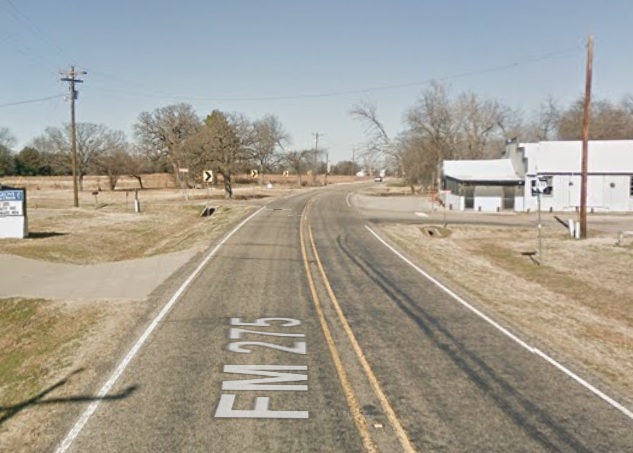
Tira News, March 24, 2017
by Jan Vaughn
Wesley Weir, son of Robert and Yvonne Weir, bowled with the “My Heroes” group on Saturday.
Paula Wiser would like to remind everyone to slow down and use caution on Highway 19 North. She had a close call with an 18-wheeler, when attempting a turn from that road.
A large group gathered at the Tira Cemetery last Saturday for the memorial service for Jerry Vessel, of Campbell. He was the husband of June (Chapman) Vessel. June is the daughter of the late Valton and Mildred (Horn) Chapman, of Tira. Many of the family and friends gathered at the Tira Community Center to visit afterward.
Our family would like to express our thanks to the those who helped with refreshments after the service and also after the recent funeral of Doris (Horn, Burkham) Moon.
Our great-granddaughter, Dixie, spent a few days with Landon, Laiken, Rylan, Brailon, and Slaiden Joslin. She and her brothers had a good time playing together. Landon, Laiken, and Rylan took her back to Beaumont on Saturday. Brailon and Slaiden spent Friday night and Saturday with us.
I always need and appreciate input from my friends to help keep me informed of news in our community. If you have any news pertaining to Tira residents, past or present, please contact me, Jan Vaughn, at 903-945-2190 or 903-438-6688 or [email protected].
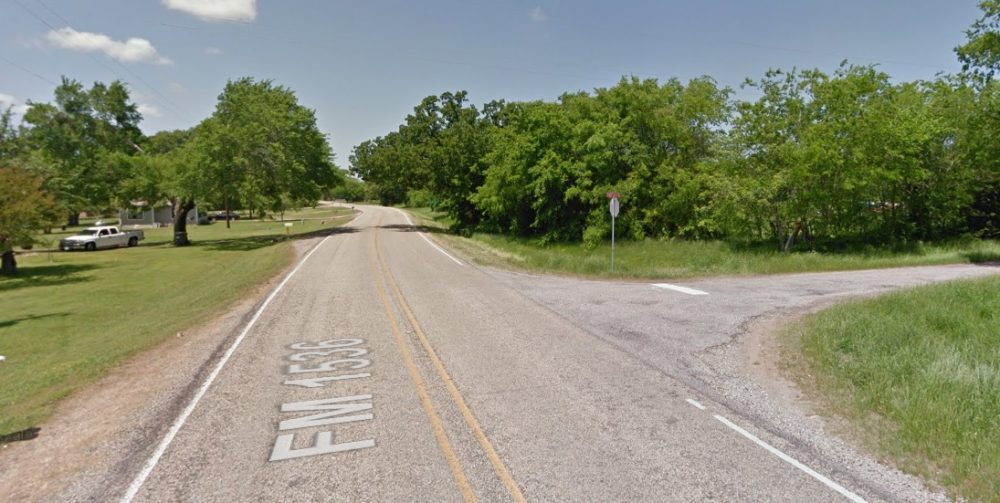
Yantis High One Act Play Going to Contest on April 1st, Needs Funding
Yantis High School’s One Act Play Group is going to Area contest on April 1st. We are hosting a dinner theatre at the Yantis school cafeteria on Thursday March 30th, 2017 to help raise funds for contest costs.
Meal will begin at 6:00 and our production of Digging Up the Boys by Laura Lundgren Smith will be performed at 7:00.
Meal and admission are by donation.

Winnsboro Police Report March 13-19, 2017
Winnsboro Police arrested three, investigated a minor two vehicle accident, responded to 135 calls for service, and issued 20 citations and 17 warnings during the March 13-19, 2017 report period.
Lee Gatlin, 46, of Winnsboro was arrested March 14th on a City of Winnsboro Municipal warrant and a Hopkins County warrant.
Lacey Henson, 32, of Winnsboro was arrested on March 16th for Possession of a Controlled Substance Penalty Group 3, less than 28-grams.
Cameron Whitlock, 19, of Winnsboro was arrested on March 18th on a Felony Warrant.
No injuries were reported in a two vehicle accident that occurred March 19 in the 700 block of South Main Street.




